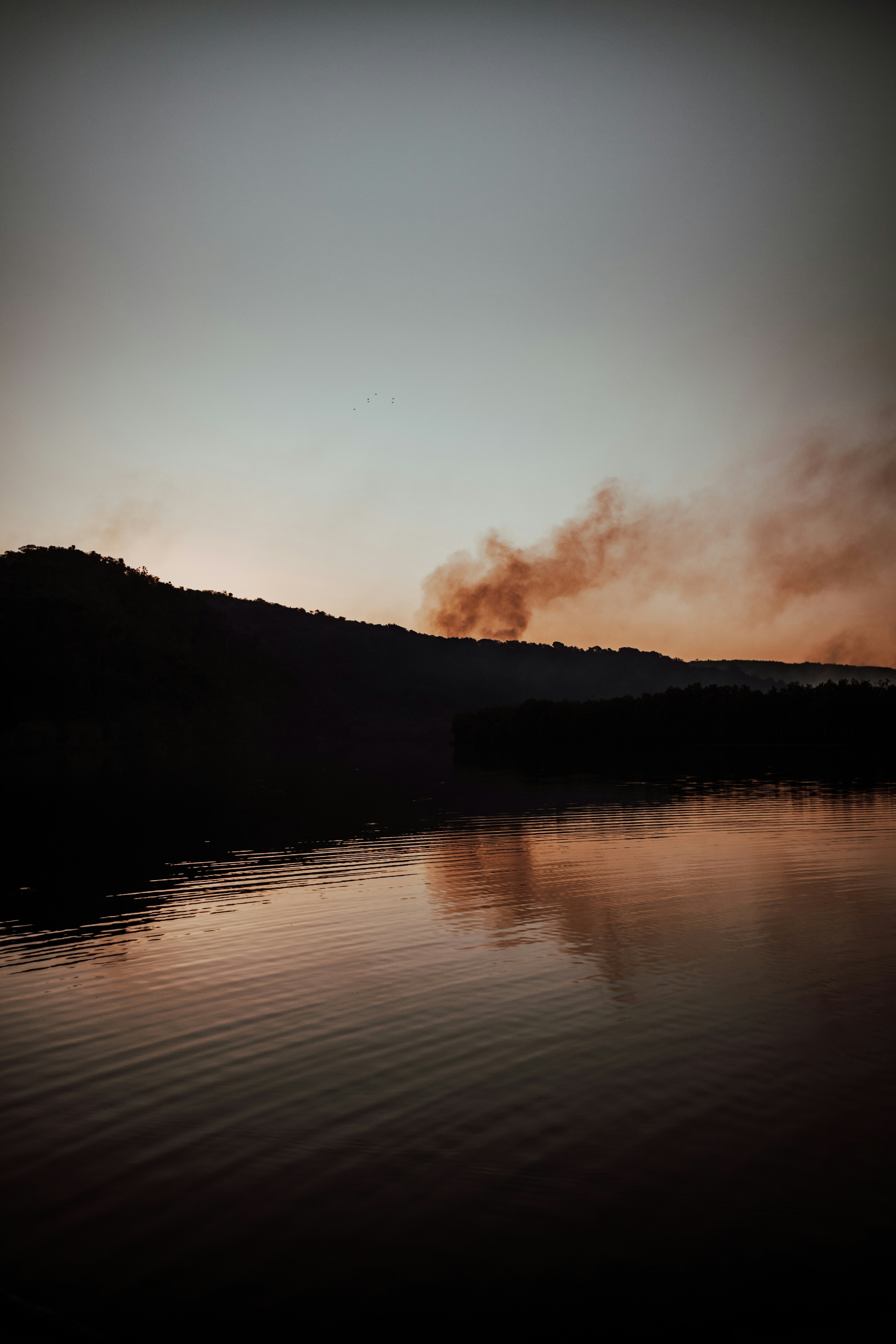Submit a manuscript for this special topic, fire severity in intermittent headwater catchment science, in Biogeochemistry by Dec 31, 2025.
Wildfires are increasing in frequency, scale and severity across the globe, and prescriptions such as prescribed fires are increasingly used as management tools to reduce fuel loads, manage woody encroachment and potentially reduce downstream impacts such as suspended sediments and nitrate loads. While numerous opportunistic studies have examined the impacts of wildfire on headwater catchments with perennial flow, many headwater catchments flow intermittently and are likely to respond differently to wildfire, and/or to prescribed treatments because of the lack of surface water and dry channel bed. Despite these differences, studies examining the biogeochemical impacts of fire, both wildfire and prescribed, on intermittent headwater catchments remain limited.
Biogeochemical processes and couplings with hydrology are likely to vary in response to frequency, scale and fire severity in intermittent headwater catchments but remain poorly characterized and understudied. For example, studies documenting the potentially more muted effects of prescribed fire on biogeochemical responses are scarce, especially those carried out as experiments with pre-fire data collection. Short-term and long-term responses of stream biogeochemistry to fire are also sparse in intermittent headwater streams. Finally, studies documenting upland responses at the land-atmosphere interface and in soils in intermittent headwater catchments are limited. Bringing together these studies will allow further synthesis and understanding of how fire extremes influence biogeochemical processes and downstream impacts.
Here we invite manuscript submissions that examine the effects of fire, both wildfire and prescribed, on intermittent headwater catchments. We encourage studies at various scales and fire severity, examining biogeochemical responses at the land-atmosphere interface and at transitions in soils, groundwater, and streams at various spatiotemporal scales as well as studies that integrate at the catchment scale

 CZNet Coordinating Hub
CZNet Coordinating Hub